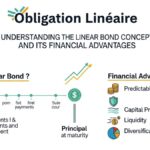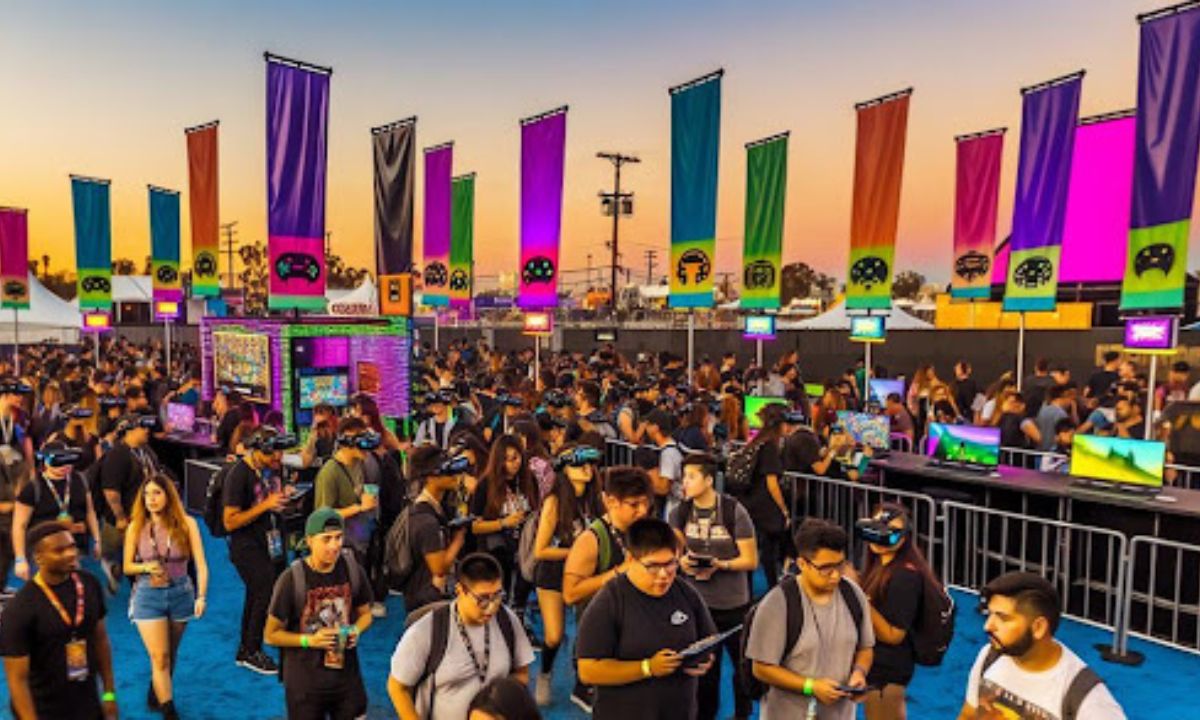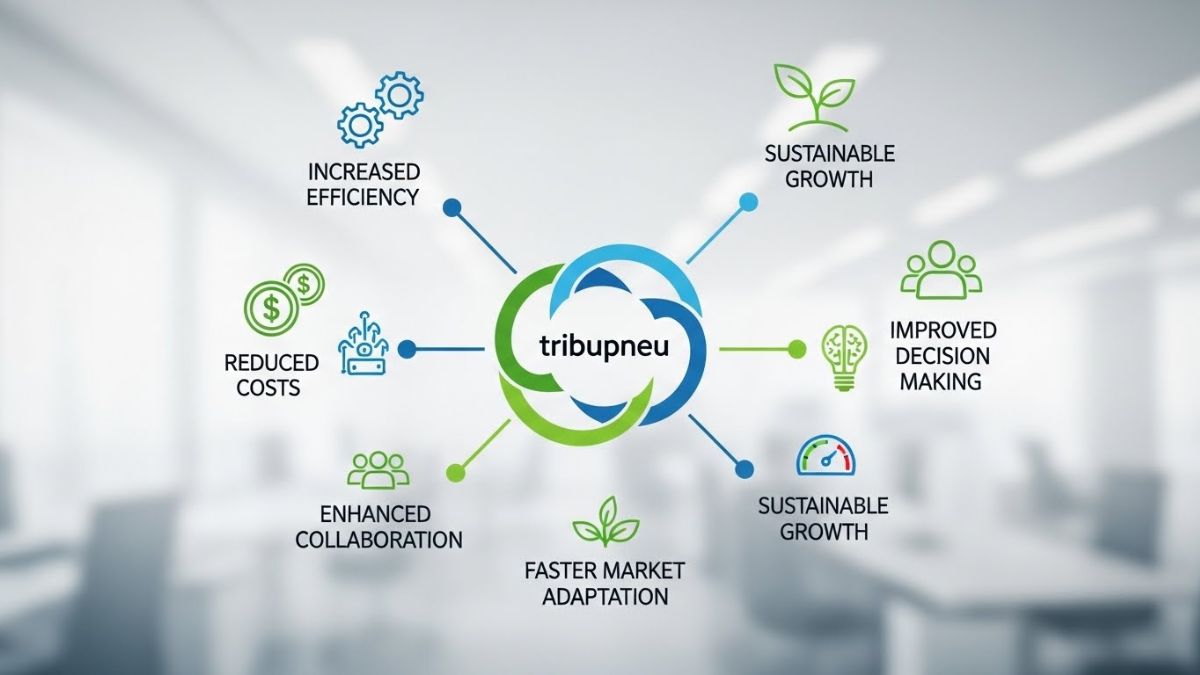Did you know that 74% of consumers say that engaging with branded event marketing makes them more likely to buy products? When you design immersive experiences, you’re not just showing off your brand—you’re inviting people to live it. Imagine turning attendees into active participants who feel emotionally connected to your brand. This strategy goes beyond traditional marketing, creating genuine connections that last. So, how do you craft these memorable experiences and measure their success? There’s a lot more to uncover about making your brand unforgettable.
Understanding Experiential Marketing
In today’s fast-paced world, experiential marketing stands out as a powerful tool to engage consumers on a deeper level. It’s not just about promoting a product; it’s about creating memorable experiences that forge emotional connections with your audience.
Imagine inviting your customers into a branded space where they can interact with your product hands-on, rather than just hearing about it. This kind of interactive engagement can leave a lasting impression, making your brand more memorable.
By focusing on emotional connections, you’re tapping into the core of human experience. People remember how they feel more than what they see or hear. When you craft an experience that resonates emotionally, you’re building loyalty.
Think of a pop-up event that surprises and delights attendees, making them feel special and valued. This kind of approach turns casual consumers into brand advocates.
Interactive engagement goes beyond traditional advertising; it invites participation. Whether it’s through a virtual reality demo, a live performance, or a hands-on workshop, engaging your audience directly makes your brand come alive. They’re not just observers; they’re part of the story you’re telling.
Designing Immersive Experiences
Crafting truly immersive experiences requires a keen understanding of your audience and a dash of creativity. You need to step into their shoes, feel their emotions, and anticipate their reactions. Start by designing interactive installations that invite participation. Think beyond static displays; create dynamic environments where attendees can touch, play, and engage. For instance, a fashion brand might set up a virtual fitting room where visitors can see themselves in different outfits. This not only entertains but also personalizes the experience.
Incorporate sensory branding to captivate and engage multiple senses simultaneously. Imagine walking into an event and being enveloped by a signature scent that instantly reminds you of the brand. Pair that with carefully curated music that sets the tone and lighting that enhances the atmosphere. The key is to create a cohesive sensory journey that resonates with your audience on a deeper level.
Don’t forget the power of storytelling in your designs. Every element, from the colors to the textures, should contribute to a narrative that aligns with your brand’s message. By weaving these elements together, you’ll create an immersive experience that leaves a lasting impression.
Engaging Your Audience
Getting your audience truly involved takes more than just capturing their attention; it’s about fostering genuine connections. To achieve this, you should focus on creating interactive activities that encourage participation.
Imagine your event as a playground where attendees aren’t just spectators but active players. Set up engaging stations where they can try out your products or services firsthand, dive into VR experiences, or even collaborate on creative projects. These activities not only entertain but also make your brand more relatable.
Personalized interactions are crucial. Use technology to your advantage—think RFID badges or event apps that tailor experiences based on individual preferences. Greet attendees by name, offer customized recommendations, and make them feel valued.
A simple touch, like a personalized welcome message, can transform a mundane interaction into a memorable encounter.
Don’t overlook the power of social media. Encourage your audience to share their experiences in real-time. Create hashtags, photo booths, or live streams to amplify engagement. When people see their peers actively participating, they’re more likely to join in.
Measuring Event Success
After creating immersive and engaging experiences for your audience, the next step is to gauge how effective these efforts have been. To measure event success, you’ll need a combination of ROI analysis and attendee feedback. Start by defining your key performance indicators (KPIs) clearly. These can range from social media engagement to lead generation and brand awareness.
Dive into ROI analysis by comparing the costs of your event against the benefits gained. Track metrics like ticket sales, sponsorship revenue, and any post-event sales spikes. Don’t just focus on immediate returns; consider long-term benefits like customer loyalty and brand perception.
Attendee feedback is invaluable. Send out post-event surveys to gather insights directly from your participants. Ask them about their overall experience, what they enjoyed most, and areas for improvement. Use online tools to compile and analyze this data efficiently. Monitor social media channels for real-time feedback and engagement as well.
Combining these methods will give you a comprehensive view of your event’s success. By understanding both the quantitative and qualitative outcomes, you’ll be better equipped to refine your strategies for future events, ensuring each one is more impactful than the last.
Case Studies and Examples
Imagine attending an event where every detail, from the interactive installations to the personalized swag, leaves a lasting impression. That’s exactly what happened at Nike’s “House of Go” pop-up event. By incorporating interactive technology, attendees could try out new shoes on a custom-built treadmill that simulated different terrains. This not only showcased the product’s capabilities but also created emotional connections as participants experienced the brand’s promise firsthand.
Similarly, Samsung’s Galaxy Studio offered hands-on experiences with their latest gadgets. Using augmented reality and virtual reality stations, you could dive into immersive worlds, bringing the brand’s innovative spirit to life. The event succeeded in creating memorable interactions, fostering deep emotional bonds between the attendees and the Samsung brand.
Another standout is Coca-Cola’s “Share a Coke” campaign. At their experiential events, custom vending machines dispensed bottles with personalized names. This simple yet impactful use of interactive technology allowed people to find a bottle with their name, sparking joy and building emotional connections.
These case studies highlight how integrating interactive technology and focusing on emotional connections can transform an ordinary event into an unforgettable brand experience. You’ll leave not just with swag, but with memories that resonate long after the event ends.
Conclusion
So, are you ready to transform your brand’s presence through unforgettable experiential events? By designing immersive experiences, actively engaging your audience, and meticulously measuring success, you can create emotional connections that turn attendees into lifelong advocates. Remember, it’s not just about marketing—it’s about crafting moments that resonate deeply. Dive into the world of experiential marketing and watch your brand story come to life in ways you never imagined.
ALSO READ: How to Become a Successful Freight Agent











